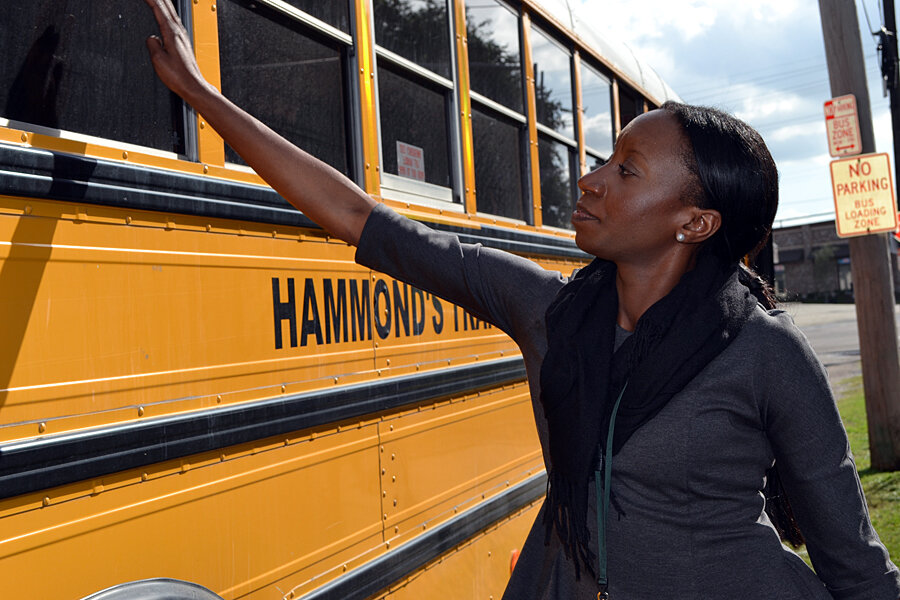Readers write: young principals at the helm
Loading...
As a public school teacher, I take issue with the content and framing of the Sept. 28 cover story, “The principal.” First, the piece is presented as being representative of US education, but it focuses on a charter school without acknowledging that charter schools make up a small minority of the country’s public education system, let alone mentioning the tremendous disputes surrounding their effectiveness and impact on the system at large.
Second, it is noted that Krystal Hardy, the principal featured in the piece, entered the profession through the Teach for America program, but it is not noted that the program is funded by conservative business interests, is highly controversial, and is regarded as colonial in many circles.
Finally and most significantly, much of the piece is devoted to the “big shift in what a principal looks like,” but there is no mention of the complete absence of prior training for principals to help them make that shift. That omission leaves the implication that anyone willing to work 17-hour days seven days a week can be dropped into the job of principal and perform adequately as long as he or she has institutional support. Pieces such as this further the idea that experienced and highly trained education professionals can be replaced by intelligent, motivated, altruistic, and completely inexperienced Millennials.
Morgan Agnew
San Francisco
As a teacher for one of the top-ranked charter schools in the world and as a 24-year veteran educator I am at odds with the emphasis in the Sept. 28 cover story, “The principal.” Far too often these days the chief is a young 20-something or 30-something who might have two or three years of experience in a classroom – or no experience at all. And anyone who has taught as long as I have knows it takes at least five years for new teachers to find their feet and know what they are doing. No doubt these people work long hours, but they have no idea what it takes to do what I do every day in the classroom. There are so many managers with fingers in our classrooms that it’s nearly impossible to get any teaching accomplished.
Peter Delannoy
Phoenix







